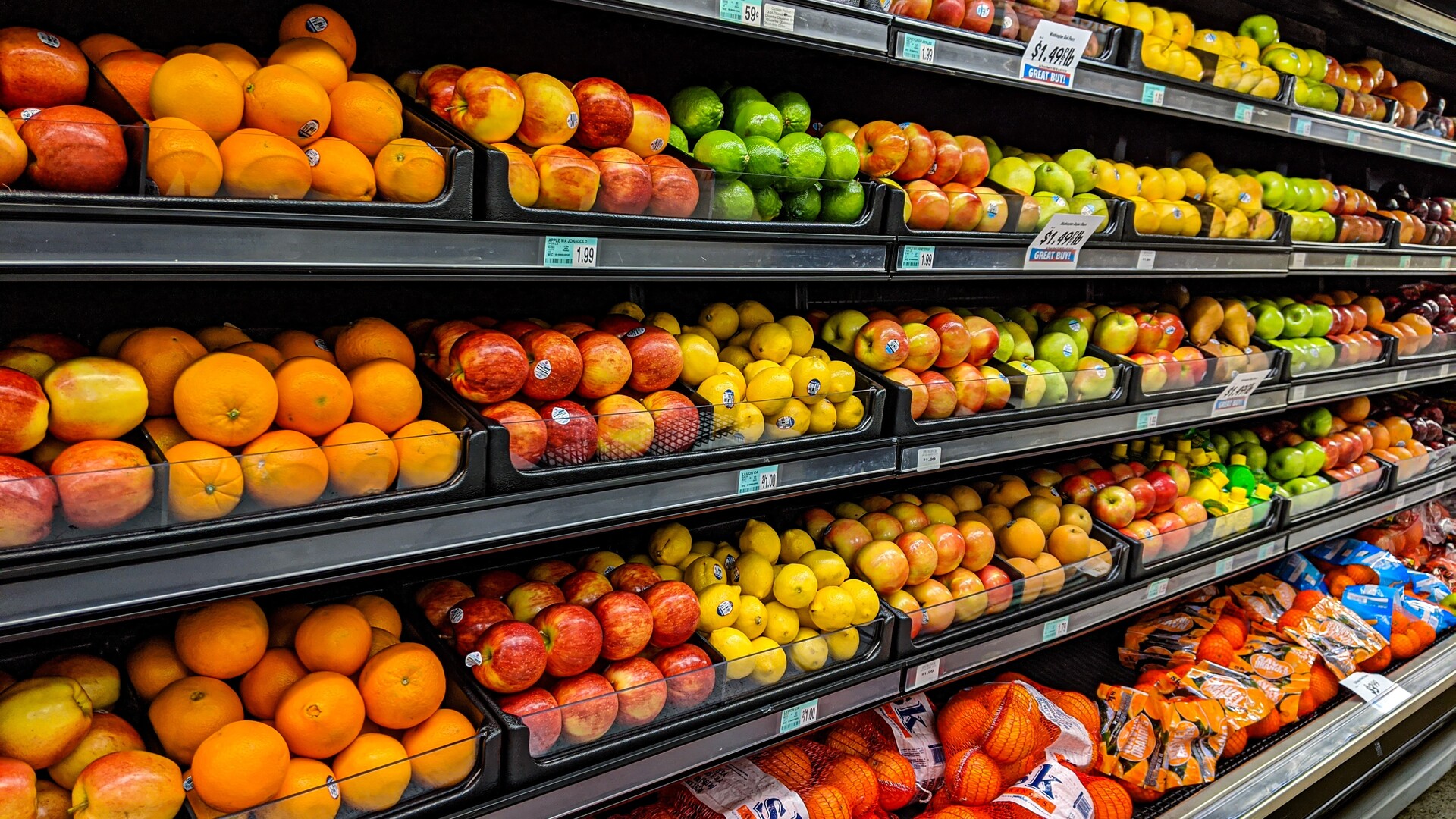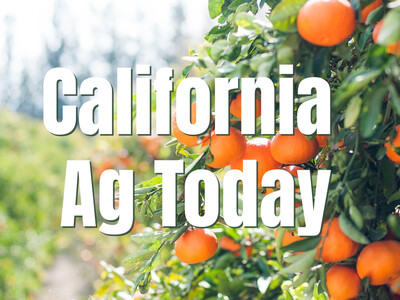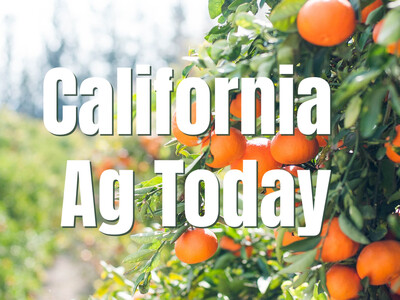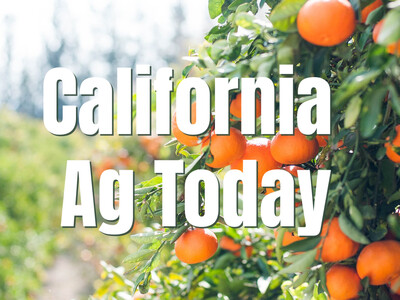Is the “Dirty Dozen” List Filthy?
We’re going to try something new this week by bringing you up-to-date agriculture news in a different style than usual. So let’s dive on in… many are familiar with the Environmental Working Group’s “Dirty Dozen” list. It gets released every year disparaging popular, affordable, and more-accessible fruits and veggies. Alongside many groups, the Alliance for Food and Farming (AFF) has repeatedly raised questions about the environmental group’s credibility. AFF says the “Dirty Dozen” list lacks science-based findings… and with us today is AFF’s Executive Director Teresa Thorne.“It is not accurate and peer-reviewed research has shown that. They don’t follow any established standards, and also what’s ironic is their recommendations to substitute organic verses conventional really don’t result in any decrease in risk because residues are already so low on conventionally grown. So it doesn’t stand up in any way from a science stand point. But what the nutrition community really gets frustrated with is the fact that it discourages consumption. You know they’re putting so much negative messaging out into the space when we’re trying to get people to eat more fruits and vegetables. Only one in ten of us are. It just needs to stop.”
“Choose organic, choose conventional, both are safe and can be eaten with confidence. But choose what’s more affordable and accessible for you and your family… your best thing to do is to always eat more fruits and vegetables that are offered. And you should be reassured as well that those are safe and healthy for you… we really push choice, and the ability for consumers to have the best information that they can have so they can make the right shopping choices for themselves and their family.”
AFF says it will continue to push the Environmental Working Group to answer questions about the validity of the Dirty Dozen list, and to stop publishing it all together.
To learn more about the safety of all produce, head to safefruitsandveggies.com

















